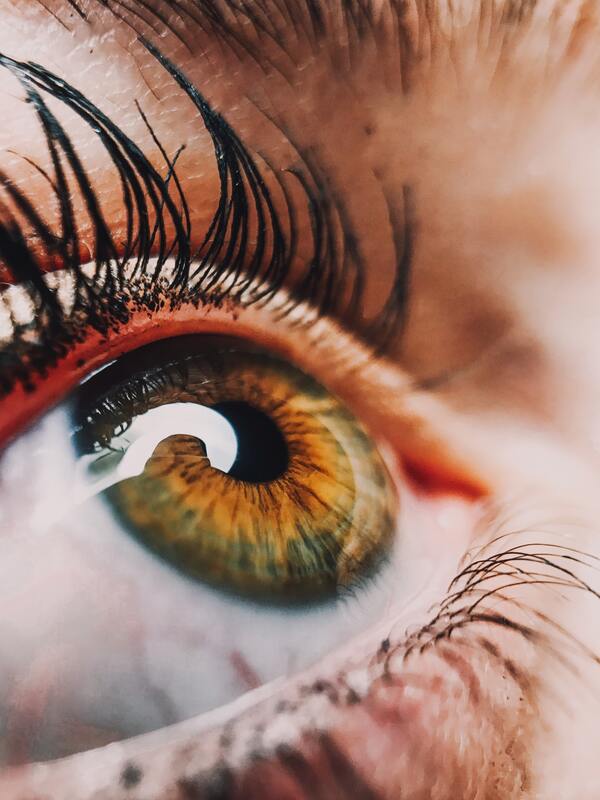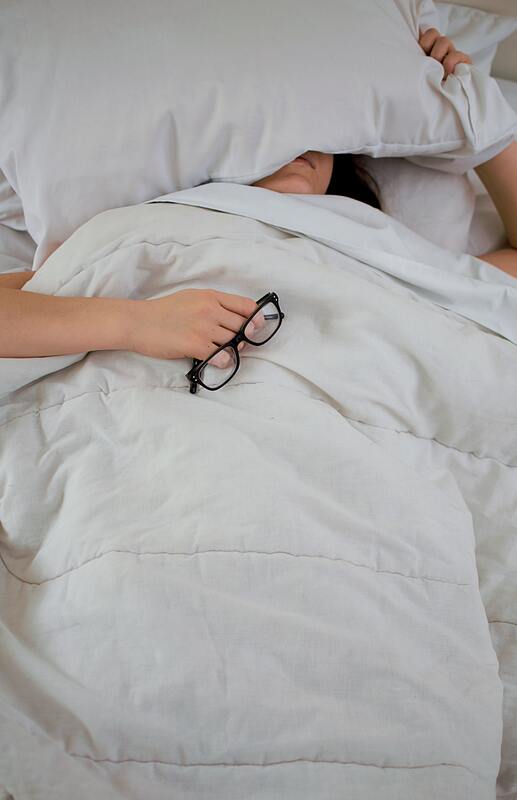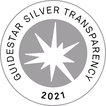|
Photo by Perchek Industrie on Unsplash
By Nilay Bhavsar Swimming, running, sleeping, reading, and watching TV. All of these are activities that everyone enjoys, but what is common about all of them: they require function from the eye. Yes, believe it or not, even when we are sleeping, our eyes are active. During the sleeping process, our eyes undergo rapid eye movement, a period where the eye rolls around behind the eyelids causing the body to sooth and fall asleep. Now that we know how important the eyes are in our daily life, let's dissect each part and analyze why we can do these simple functions. The eye is made up of 4 photoreceptors, a pigment responsible for light conversion. In the eye, there are short-wavelength cones, medium-wavelength cones, and long-wavelength cones, with each corresponding to a specific color.The fourth photoreceptor is a rod, a structure used to determine black and white light and the transfer of that color. All of these pigments are very important in light conversion as without them, images wouldn’t be seen. These pigments are located in the main area/most important part of the eye called the retina. The retina is the main area of activity in the eye, where light is transferred and images are read. In addition to being the location of the photoreceptors, the retina is home to other nerve cells which receive/gather visual ideas. The retina uses this visual ideas/information and sends it to the brain, causing sight. The retina is in the back of the eye where the nerves and the fibers of the eye are connected to the brainstem and spinal cord. Without it, a disease called macular degeneration is formed where the brain will not receive any signals and can result in vision loss. Another fascinating and crucial part of the eye is the cornea. The cornea is the layer directly in the front of the eye. The cornea’s role in the eye is like a window to a house; it guards the eye and allows a certain amount of light to enter. The cornea is mostly water, with roughly three quarters of it filled with this liquid and the rest is composed of collagen. Collagen is the main structural protein in the human body. The iris is a fundamental structure of the eye and is just as important as the retina. The iris is the colored part of an eye’s inner cornea. Its role is to regulate the amount of light entering the retina by opening/closing the lens when necessary. Its regulation is the crucial part in helping the retina and the cornea send signals. If damaged, it can cause color blindness and results in shut eyelids, which can affect sleep. The eye is the body’s unsung hero, working behind the scene to help other systems. Without the eye, not only will our vision be lost but our other systems, like the nervous system, will be impaired. The eye is not only very important, it also is very complex, as the processes during night are perplexing. Photo by Isabella and Zsa Fischer on Unsplash
By Leonid Nevezhin Sleep is incredibly important to the human body, but many individuals neglect that. You must sleep in order to avoid all the problems and negative health benefits that happen and can happen as a result of not enough sleep, or sleep deprivation. This essay is divided into three sections. The first is called “Randy Gardener”, and contains two examples of what lack of sleep causes and can cause. “What happens if you don’t.”, is the second section, and discusses the negative health effects associated with sleep, how exactly they are a result of sleep deprivation, and what these negative health effects would mean to you. The last one is called “How to fall asleep.” and contains ways that you can fall asleep faster and how you can make it easier for yourself. Randy Gardner. Sleep is essential to us as humans. It gives our body energy and time to replenish. First, let’s talk about how long a person can go without sleep. The current record-holder is Randy Gardner, who stayed awake for 11 days, 264 hours, without sleep back in 1964. In 2017, he did an interview with WBUR-FM, a radio station run by Boston University, and told his story. After about 2-3 days of not sleeping, Randy began to feel nauseous. At about day 4-5 he had a hard time remembering things and answering questions. “I mean, it was crazy where you couldn’t remember things. It was almost like an early Alzheimer’s thing brought on by lack of sleep”, he stated. Gardner also said that the longer he stayed up, the more irritable and agitated he got. “I had a very short fuse on day 11. I remember snapping at reporters. They were asking me these questions over and over and over.”, Randy recalled in the interview. After staying up for exactly 11 days, as he originally planned, he dropped into bed and slept for 14 hours. At the time, everything was fine. He awoke after 14 hours of sleeping and felt perfectly normal, as he did for the next 50 years. Then, the feat came back to haunt him. When he was in his late 60s, Randy and Ilona’s cat, George, died. “... and I was so upset that the vets didn't catch it, that they never looked in her mouth to find this tumor, that they blamed every other thing. And then she died, and I was so wracked with guilt…”. This moment, accompanied with Gardner’s ancient stunt, triggered it. Randy Gardner was diagnosed with insomnia. “I could not sleep, I would lay in bed for five, six hours, sleep maybe 15 minutes and wake up again.” Gardner also became incredibly agitated and was “awful to be around”. Scientists and researchers couldn’t figure out why this happened to him but Randy called it karma. He wasn’t the only one who suffered serious consequences. One of the people that inspired him to do this challenge in the first place was Peter Tripp, a radio DJ who stayed awake for 7 days. “In the months that followed, Tripp seemed unable to recover his center of gravity. He fought with his boss and lost his job. He ended up as a salesman, drifting from town to town across America Those that knew him well were convinced that those eight days without sleep had left him permanently damaged”, was the statement of one of the psychiatrists that monitored Peter during his wake-a-thon. Days after Randy finished his challenge, Guinness World Records released that it would no longer accept or support records related to sleep because of the related health risks. What happens if you don’t. Obviously, you won’t stay awake for 264 hours. But what happens if you have an irregular sleeping schedule and don’t get the sleep required by your body to function as it should?
- Heart attacks - which occur to over 1 million Americans each year, and even if you survive it (82% chance), it can still lead to tissue death that results in lasting damage to the heart muscle. - Heart failure - which about 6.5 million Americans suffer from, was the cause of 1 out of every 8 deaths in 2017, and leads to an estimated national loss of $30.7 billion. - Irregular heartbeat (heart palpitations) - makes your feel as if your heart is beating too hard, too fast, skipping a beat, or fluttering. They can be bothersome or frightening and can sometimes be a sign of a more serious heart condition.
How to sleep. Lastly, let’s discuss how you can fall asleep and how you can make it easier for yourself.
Sleep. I sincerely hope that after this that you understand the consequences, and will at least try to sleep more regularly and enough. Humans need an average of 8-10 hours of sleep. Less than 7 is not enough and more than 10 is too much. It is recommended that as teens, and are still growing, we receive 9 hours of sleep a night. Also yes, I am aware that not all of these consequences are certain, but some have a much greater chance of happening than others and some are actually certain. In conclusion: sleep. Photo by National Cancer Institute on Unsplash
By Boris Salinas CRISPR-Cas9, a gene editing tool with the ability to edit DNA and potentially shift the course of evolution. CRISPR stands for, Clustered Regularly Interspaced Short Palindromic Repeat. What does this mean? In every genome there exists a certain repeating pattern of DNA sequence which are also regularly interspaced, these are called REPEATS. In between REPEATS there exists a genome sequence called SPACERS, these SPACERS are not identical in any shape or form. So, what does this mean? And what does it do? The initial intention for the progression of CRISPR research was to innovate gene therapy and develop cures for genetic diseases. Unlike bacteria or viruses which medicine can treat directly or alleviate symptoms until the immune system kills all the remaining bacteria or virus. Genetic diseases are not identified as a threat by the immune system since it is a part of the blueprint by which you are built. To treat genetic disease, you would quite literally have to alter DNA and reprogram the whole organism. As you may imagine this is a very difficult thing to do. The creation of CRISPR-Cas9 was derived from a protein called Cas9. Which is so to say the “immune system” of a cell. Cas9 has the ability to memorize viral DNA and later alter the DNA of the bacteria in which it resides to create a resistance against the virus. It was later discovered by an American Biochemist, Jennifer Doudna, that this protein could be directed or programmed. This meant that with the use of the Cas9 protein, the possibility of editing genomes however is needed becomes a possibility. This will alter the course of evolution. CRISPR-Cas9 is an extremely powerful tool. Currently this technology is only about 18 years old. In November 2018, reports from China marked the first time in history that humans edited the genetic code of a future generation. These two subjects were Twin Girls who are now immune to HIV. In a sense, with this new technology we as a species exist in an era which could be considered the end of the beginning. |
Archives
September 2022
Categories
All
Disclaimer
The opinions and views expressed in this blog are those of the authors and do not reflect the views, opinions or standpoints of Youth4Better. Any content published in this blog is not with the intent of harm towards any religion, ethnicity, race, organization, club, society, individual, or anyone or anything. |
Youth4Better
- Home
-
Campaigns
- Summer Camp
- Veteran`s and Memorial Day
- Westchester County Pitch in For Parks
- Repurpose Right
- Peer Mentoring
- Branches of Joy Christmas Tree Contest
- Self-Expression through Masks
- Heritage Revival
- Recycling 4 Better
- Holiday Cards for Veterans
- Assimilation campaign
- ECO awareness ambassador
- Hope 4 Immigrants
- Health4Better
- Care Packages For Heroes
- Youth 4 Ukranian Kids
- Clean Ocean Awareness
- Humanitarian Aid for Ukraine
- Team Members
- Blog
- Join Our Team
- Submit Hours
- Donate
cONNECT WITH US
|
YOUTH4BETTER, INC, is a 501 (c)(3) nonprofit organization registered in the state of new yorkALL RIGHTS RESERVED @YOUTH4BETTER 2019-2021
|



 RSS Feed
RSS Feed


